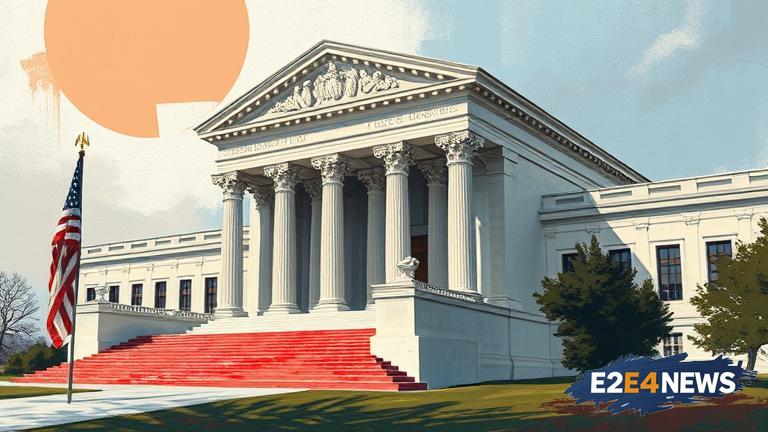The Supreme Court has made a significant intervention in a North Dakota redistricting case, blocking a lower court’s ruling that would have effectively gutted a key part of the Voting Rights Act. This decision comes at a critical time, as the nation is grappling with issues of voting rights and electoral district boundaries. The case in question revolves around North Dakota’s redistricting process, which has been a point of contention due to its potential impact on Native American voting rights. The lower court’s ruling had been seen as a threat to the Voting Rights Act, a landmark legislation designed to protect the voting rights of racial and language minorities. By blocking this ruling, the Supreme Court has ensured that the protections afforded by the Voting Rights Act remain in place, at least for the time being. The Voting Rights Act has been a cornerstone of American democracy, aiming to prevent racial discrimination in voting. Its provisions are crucial for ensuring that all citizens have an equal opportunity to participate in the electoral process. The North Dakota case highlighted the ongoing challenges in balancing the rights of different groups within the state’s electoral map. The Supreme Court’s decision is seen as a victory for advocates of voting rights, who argue that any weakening of the Voting Rights Act could lead to disenfranchisement of minority voters. The ruling also underscores the Supreme Court’s role in interpreting and upholding federal law, particularly in cases where lower courts may have differing opinions. The implications of this decision are far-reaching, potentially influencing redistricting processes in other states as well. As the country heads into future elections, the integrity and fairness of the electoral system are under scrutiny. The Supreme Court’s intervention in the North Dakota case serves as a reminder of the judiciary’s power in shaping the electoral landscape. Furthermore, this decision may prompt further legal challenges and discussions about the balance between state rights and federal oversight in electoral matters. The reaction to the Supreme Court’s ruling has been mixed, with some praising the move as a necessary step to protect voting rights, while others see it as an overreach of federal power. Regardless, the ruling sets a significant precedent for how redistricting cases will be handled in the future. It also highlights the ongoing debate about the role of the judiciary in ensuring that electoral processes are fair and representative of all citizens. In conclusion, the Supreme Court’s decision to block the lower court’s ruling in the North Dakota redistricting case is a pivotal moment in the ongoing discussion about voting rights and electoral fairness in the United States.
